BMW Brand History – The Munich Story
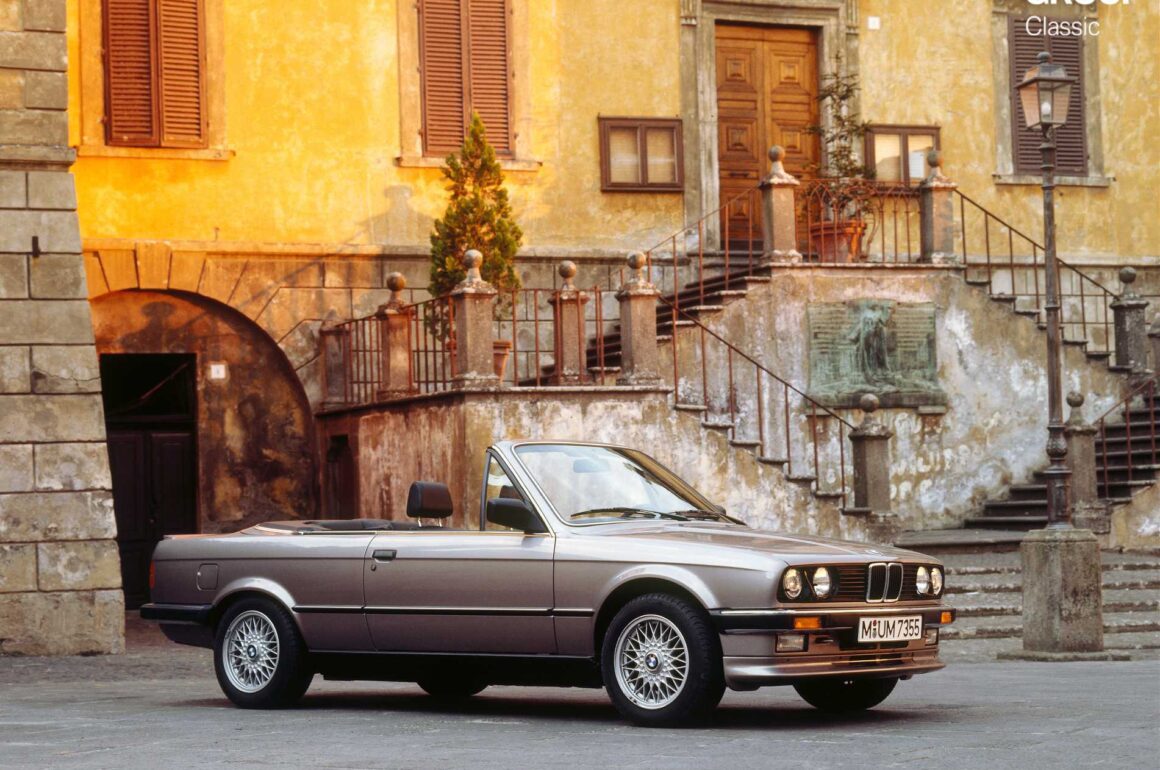
The history of the BMW brand is an epic journey through decades of engineering precision and automotive innovation. BMW Brand History – The Munich Story began in 1916 in Munich, where BMW set new standards in the automotive world, combining advanced technology with a passion for fast driving. It was here, in the heart of Bavaria, that the brand was born, which quickly became synonymous with excellence, performance and unparalleled driving pleasure. From the first aircraft engines, through legendary models such as the 328, to modern icons in the form of the M series and electric models, BMW has always pushed the boundaries of what is possible on the road. This Munich story is not only the history of the company, but also a celebration of the automotive spirit that drives drivers around the world to reach for more, faster and better.
Contents:
- BMW Brand History – The Munich Story
- From aircraft engines to motorcycles (1916–1923)
- BMW’s debut in the automotive world (1928–1939)
- Difficult times of war and reconstruction (1939–1959)
- The birth of the modern BMW brand (1960–1980)
- New Millennium – Innovation and Sustainability (2000–2020)
- BMW today – a leader in technology and emotions on the road
- Four pillars of success – BMW, MINI, Rolls-Royce and BMW Motorrad
The history of the BMW brand— Munich story
Currently, BMW is a global leader in the automotive segment, offering prestigious brands such as BMW, MINI, Rolls-Royce and BMW Motorrad. It meets the needs of the most demanding customers worldwide. However, the brand’s beginnings, dating back to 1916, were much more modest and full of challenges before the company transformed into a symbol of luxury and innovation. Discover the fascinating history BMW, which shows how the brand was born from passion and became one of the most important forces in the automotive world.
The Beginnings – From Aircraft Engines to Motorcycles (1916–1923)
BMW was founded on March 7, 1916 in Munich by Karl Rapp and Gustav Otto. Initially operating under the name Rapp Motorenwerke, specializing in aircraft engines, the company was soon renamed Bayerische Motoren Werke, symbolizing its regional roots and automotive ambitions. The company’s first success was the BMW IIIa six-cylinder aircraft engine, which stood out for its excellent performance at high altitudes.
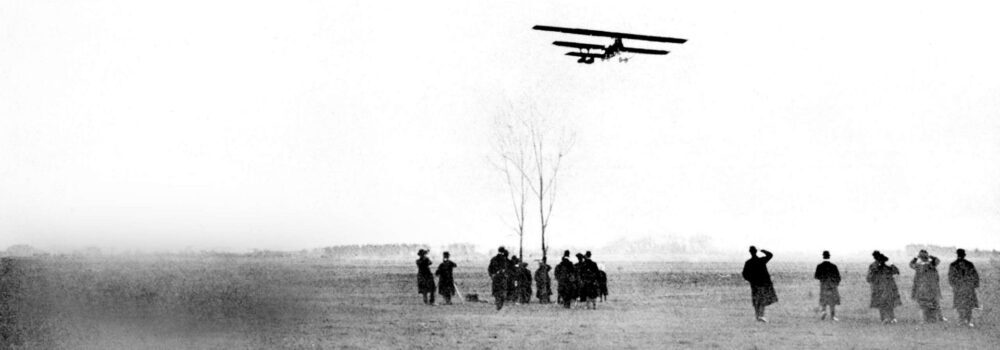
After the end of World War I, as a result of the Treaty of Versailles, BMW was forced to stop producing aircraft engines. The company had to adapt to the new realities, which led to the expansion of its operations to include motorcycle production.
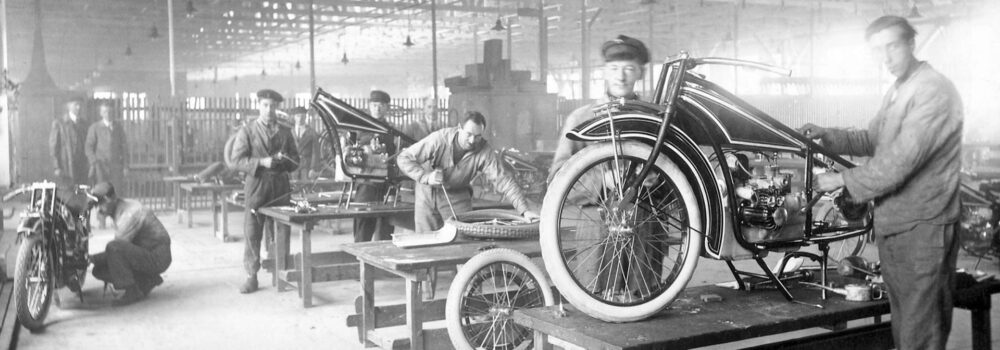
In 1923, BMW introduced its first motorcycle to the market. The R 32 stood out both for its innovative boxer engine drive system and its cardan shaft drive. This model became the foundation for the brand’s later successes in the motorcycle segment.
BMW’s debut in the automotive world (1928–1939)
The years 1928–1939 were the period in which BMW made its grand entrance onto the automotive scene, taking its first steps into the world cars and creating the foundation for future success. The company, which started out producing aircraft engines, decided to try its hand at a new industry. It all started with the takeover of the Eisenach factory in 1928, where small but popular Dixi cars were produced. This is how the first BMW car was born – the Dixi model 3/15 PS, which was a licensed version of the British Austin 7.
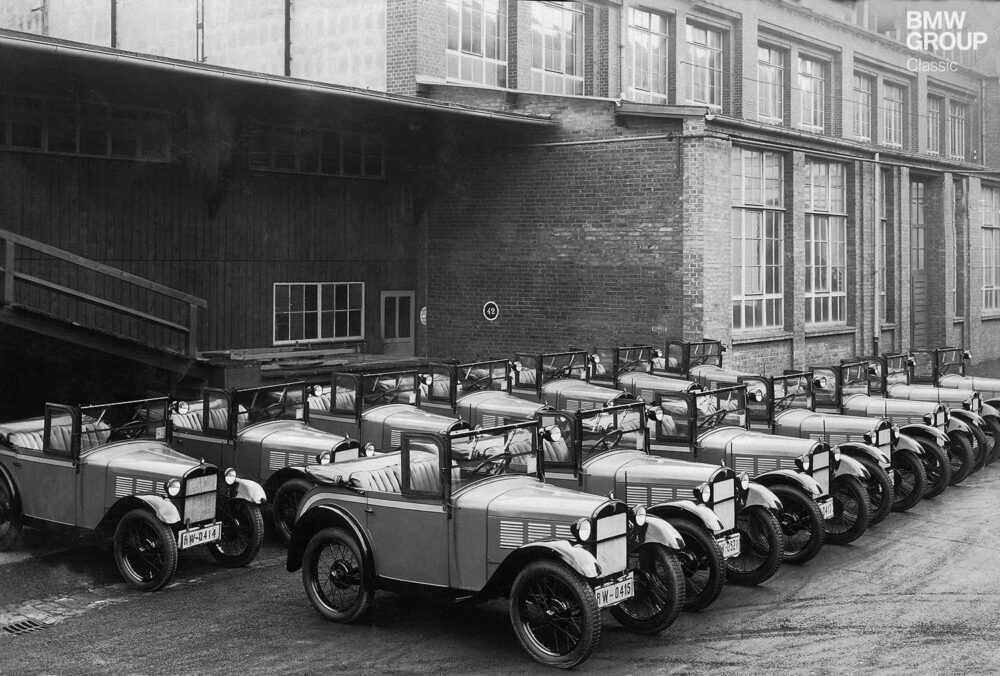
The BMW Dixi played a key role in the history of the brand, being the first car to introduce BMW to the market automotive. The Dixi 3/15 PS model was a compact, economical car that quickly gained popularity among German drivers. The car was equipped with four-cylinder engine with a capacity of 748 cm³, generating a power of 15 horsepower. This allowed for a top speed of around 75 km/h. Although today such performance may seem modest, at the time the Dixi offered exceptional value for money, which attracted many customers, especially in a period of economic uncertainty.
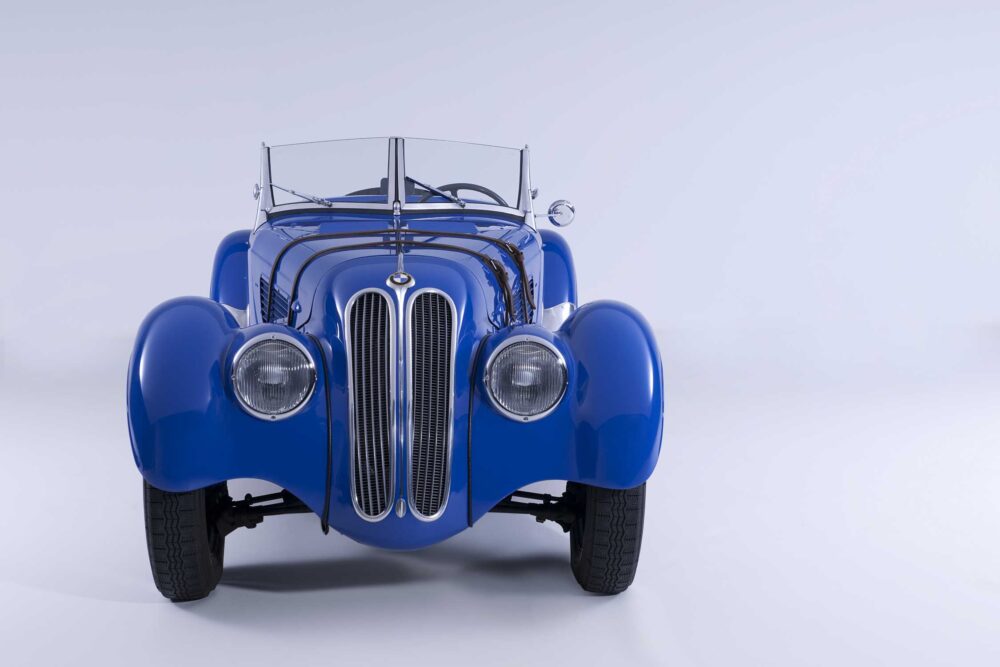
The 1930s were a period of dynamic development for BMW in the passenger car segment. During this time, models were created that have become a permanent part of the history of motoring. BMW 328 – the sports roadster earned the title of one of the most beautiful designs of its time and achieved numerous successes in racing. This model became a symbol of engineering precision and sporting spirit that defines the BMW brand to this day.
Difficult times of war and reconstruction (1939–1959)
After the difficult post-war years, BMW returned to the production of aircraft engines for the German army. The company was on the brink of collapse, forced to rebuild its potential. The post-war years were particularly demanding – Allied bombing and the dismantling of the plants caused huge losses, and the plants in Eisenach came under the control of the Soviet authorities.
The birth of the modern BMW brand (1960–1980)
Faced with difficulties, BMW decided to focus on producing smaller, more affordable cars, which turned out to be a breakthrough. In 1961, the 1500 model was presented, inaugurating the “Neue Klasse” series of compact sedans. It was these dynamic, innovative cars that set a new direction for the brand, transforming BMW into a manufacturer of modern, sporty and elegant vehicles.
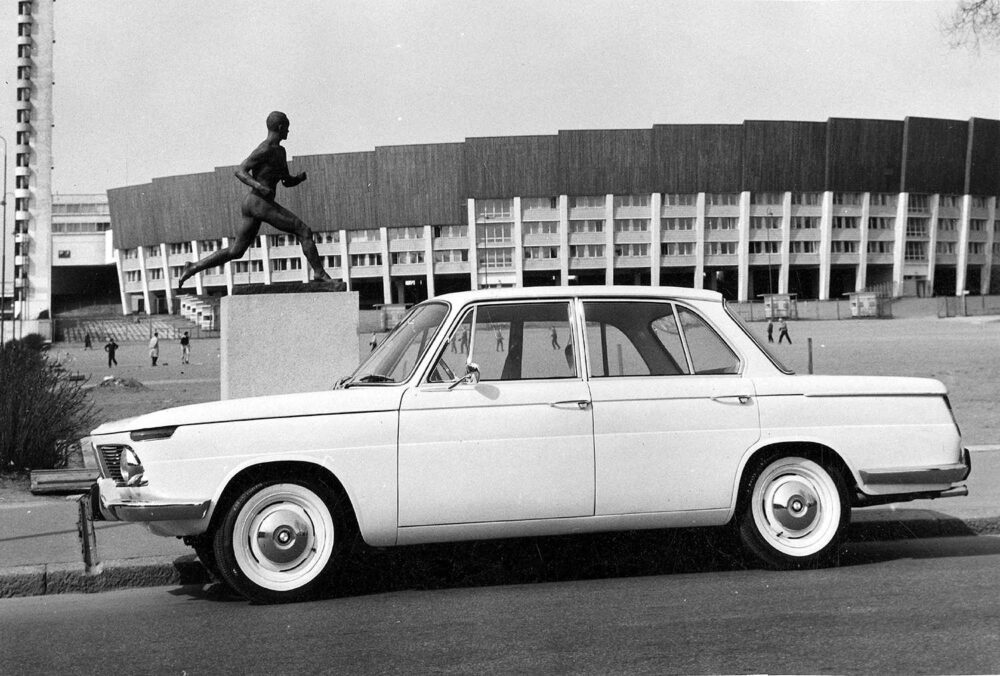
The 1970s were a time of expansion and consolidation of BMW’s global position. The newly opened research and development centre in Munich in 1972 became a forge of innovation, where the legendary 3, 5 and 7 Series models were created.
The 80s and 90s – The History of the BMW Brand – The Munich Story
The 1980s and 1990s were a time of intensive development and the introduction of models to the market that permanently defined the brand’s identity. In 1985, BMW introduced the first M3 model, which became an icon of sports cars, combining racing performance with everyday practicality. The M series quickly became synonymous with superior engineering and adrenaline on the road.
BMW successfully entered foreign markets, opening new production plants in the United States and South Africa, among others. The company also began to invest heavily in research into new technologies, which resulted in the introduction of advanced safety and comfort systems.
The New Millennium – Innovation and Sustainability (2000–2020)
The entry into the new millennium brought BMW both new challenges and opportunities. The company focused on developing technologies related to ecology and sustainable development. In 2001, BMW introduced the Mini, reactivating the legendary British brand under its wing, which turned out to be a huge success.
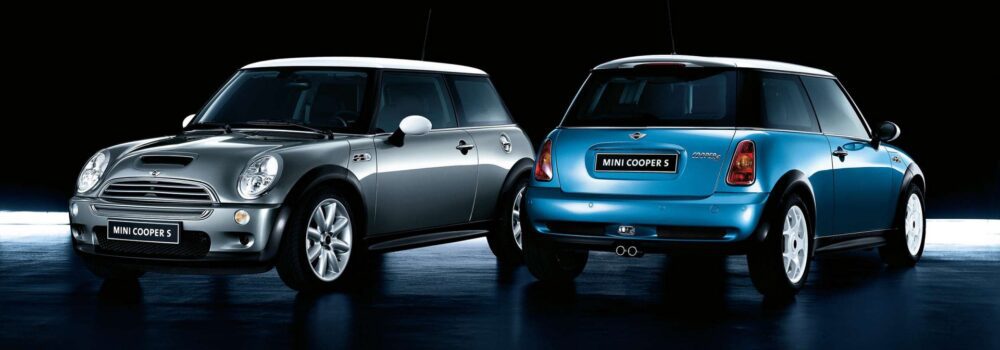
In addition, a key moment was the premiere of the BMW “i” series in 2013 – the line electric cars and hybrid models, including the revolutionary i3 and the sporty i8. BMW has become one of the leaders in the electric vehicle market, combining ecology with the brand’s characteristic driving dynamics.
BMW Today BMW Brand History – The Munich Story
Today, BMW is a global brand that constantly strives to set new standards in the automotive industry. The company continues to develop its range electric vehicles and autonomous vehicles, while introducing innovations in traditional combustion models.
Headquartered in Munich, BMW remains true to its Bavarian roots, standing as a symbol of German quality, precision and unique character. It is the story of a brand that constantly pushes boundaries and inspires new generations of drivers around the world. BMW does not just make cars – it also makes emotions that accompany every journey.
Four pillars of success – BMW, MINI, Rolls-Royce and BMW Motorrad
Today, the BMW Group is more than just BMW. The brand is both growing and gaining prestige through four key brands: BMW, MINI, Rolls-Royce and BMW Motorrad. Each of them makes a unique contribution to creating a premium offer. It includes passenger cars, motorcycles and mobility services.
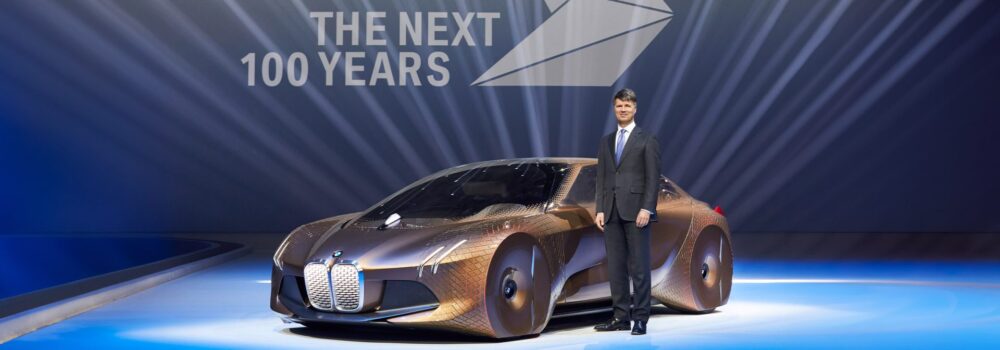




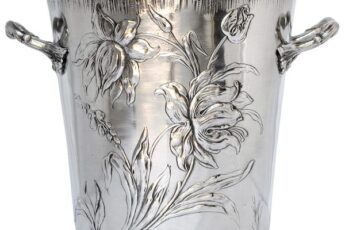

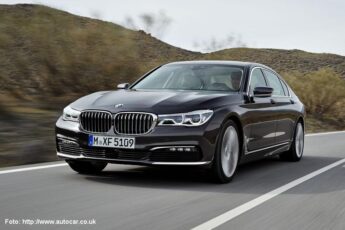
Leave a Comment